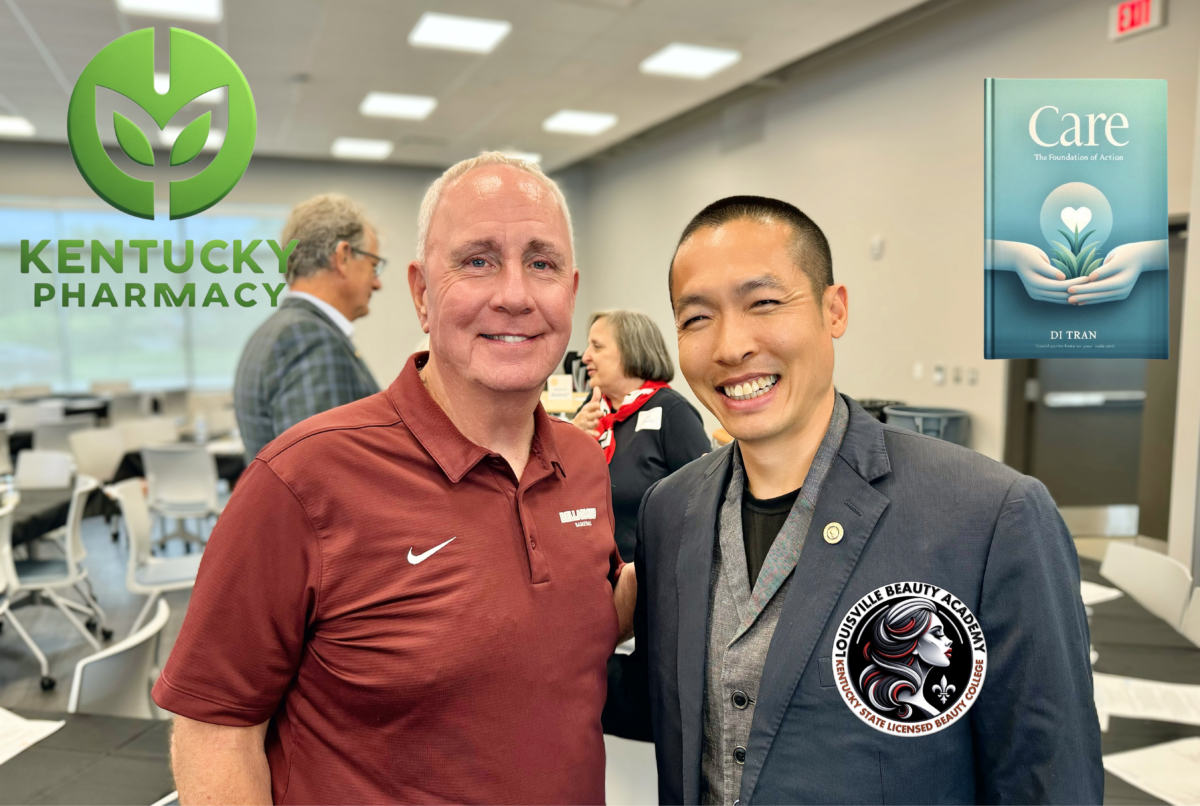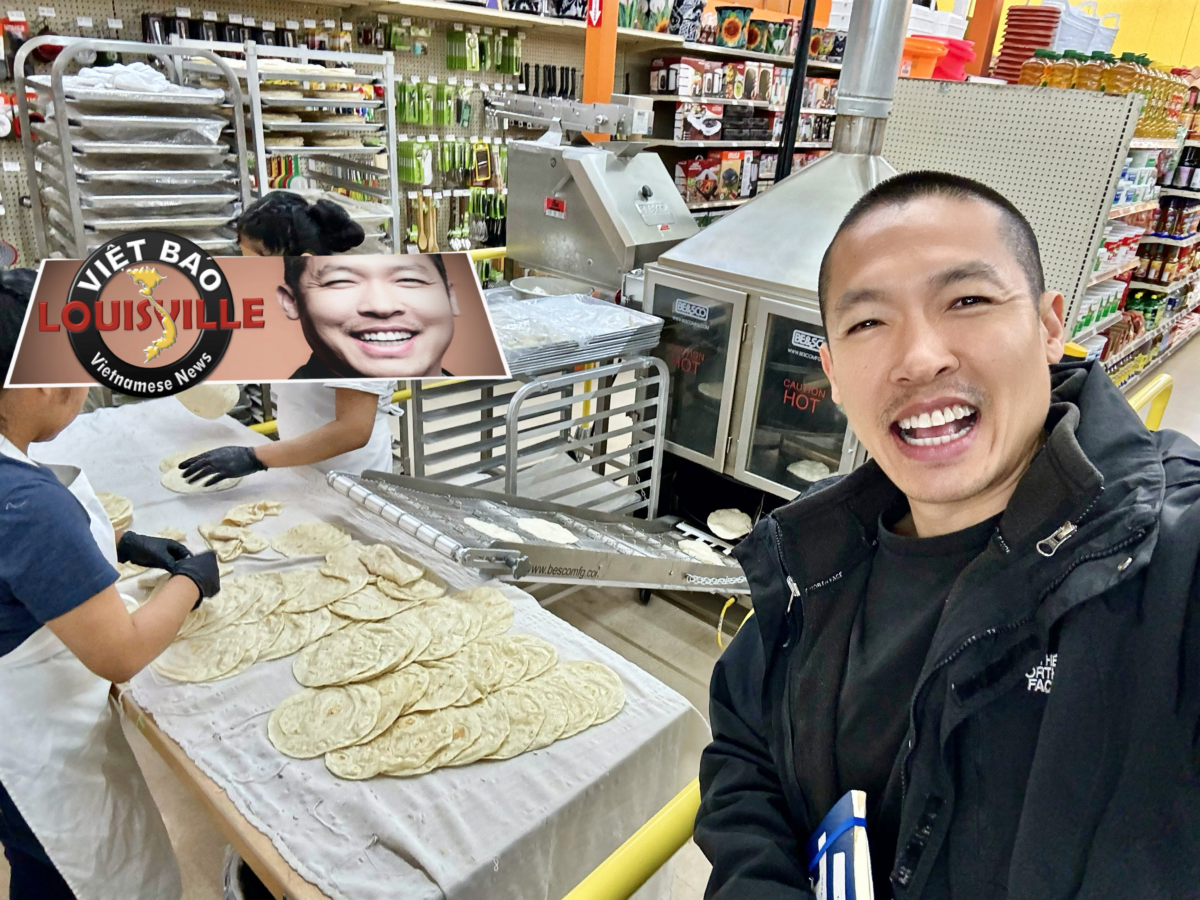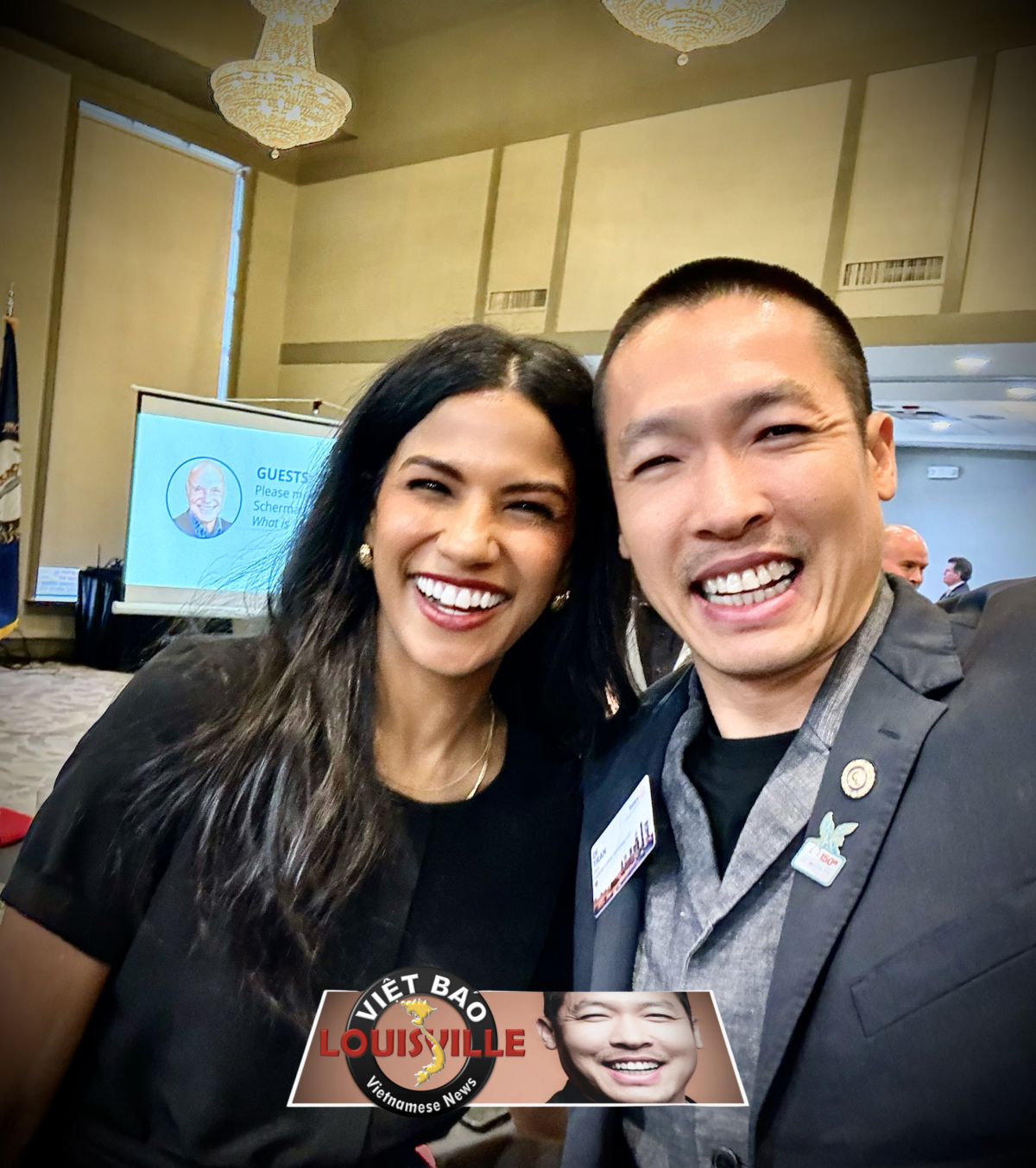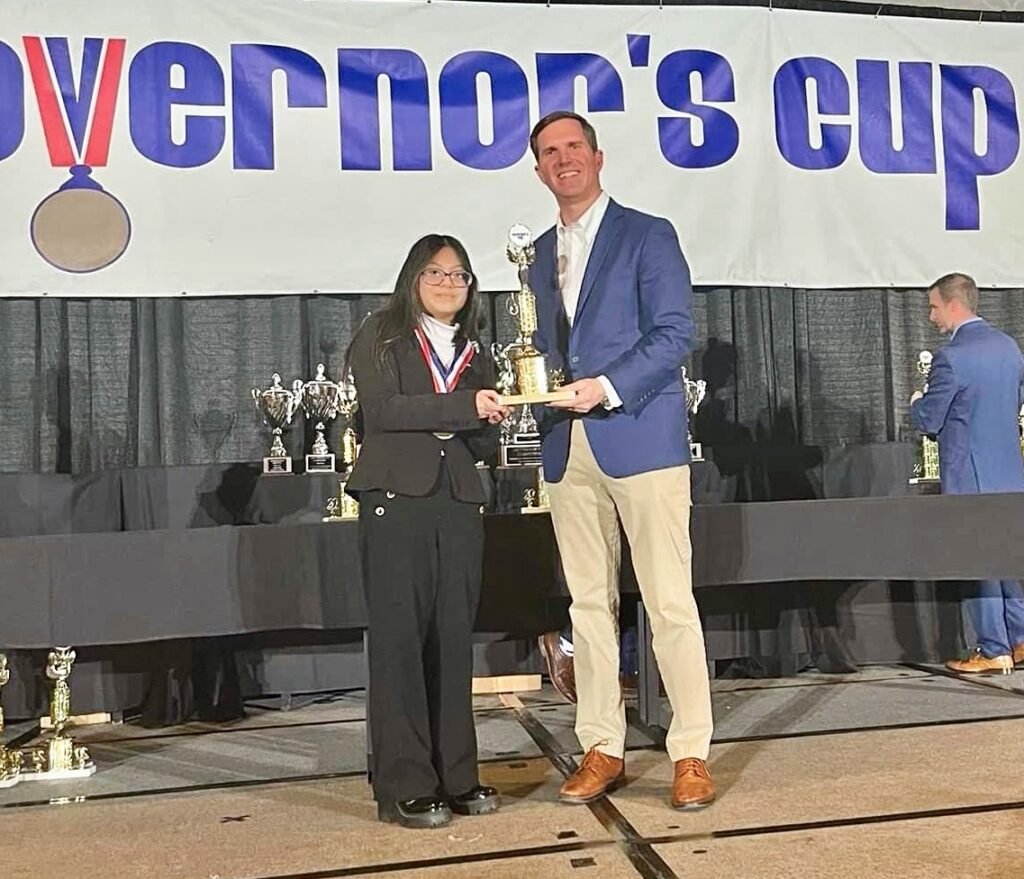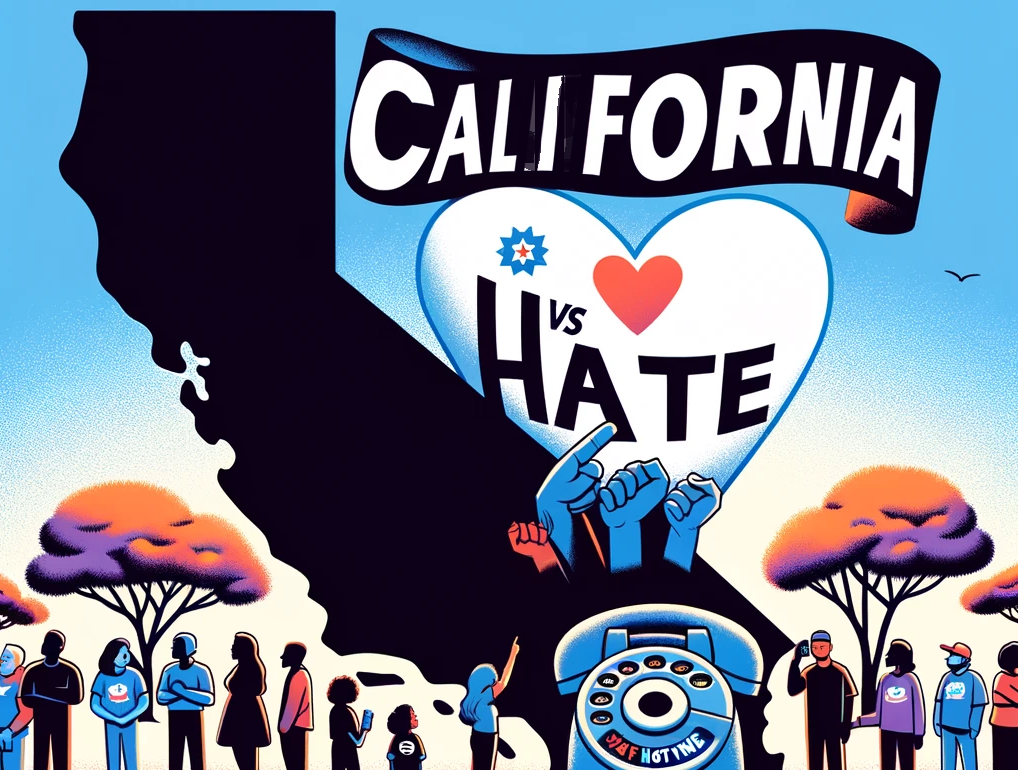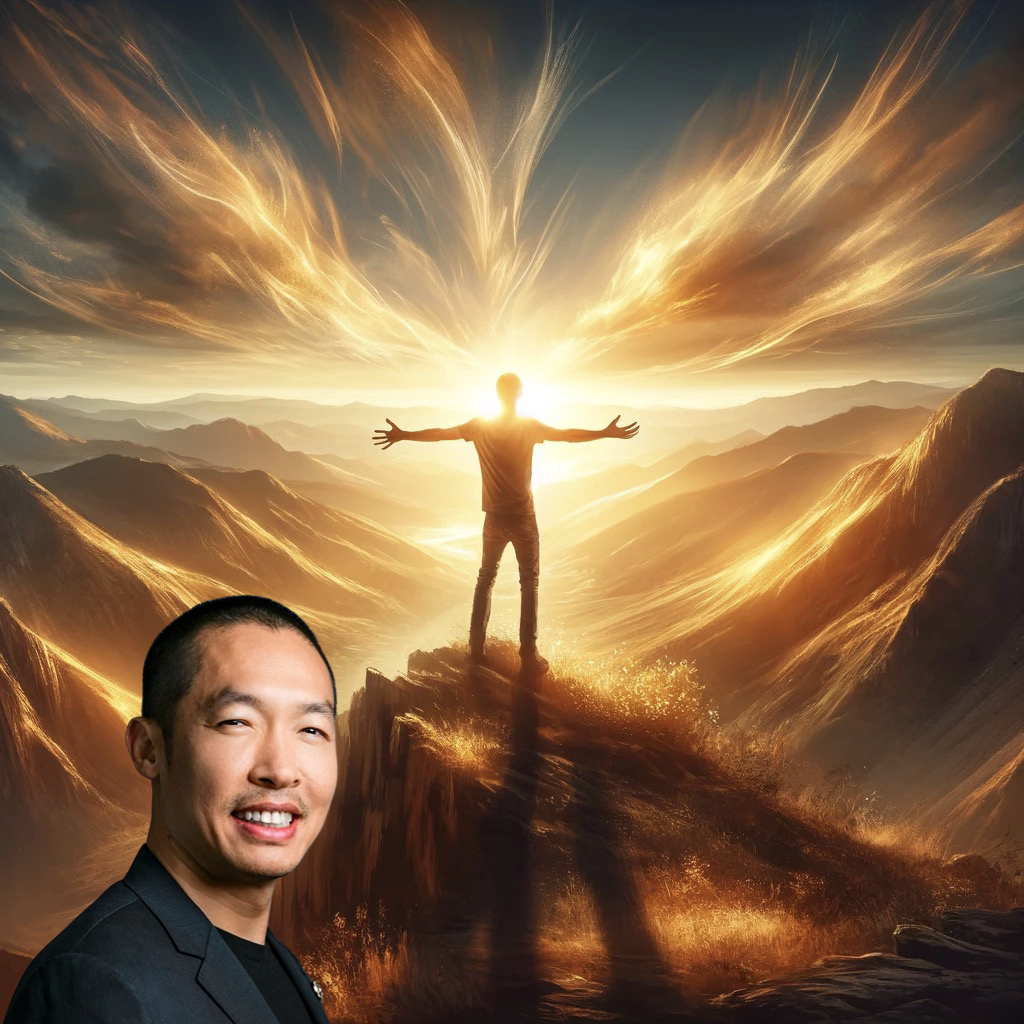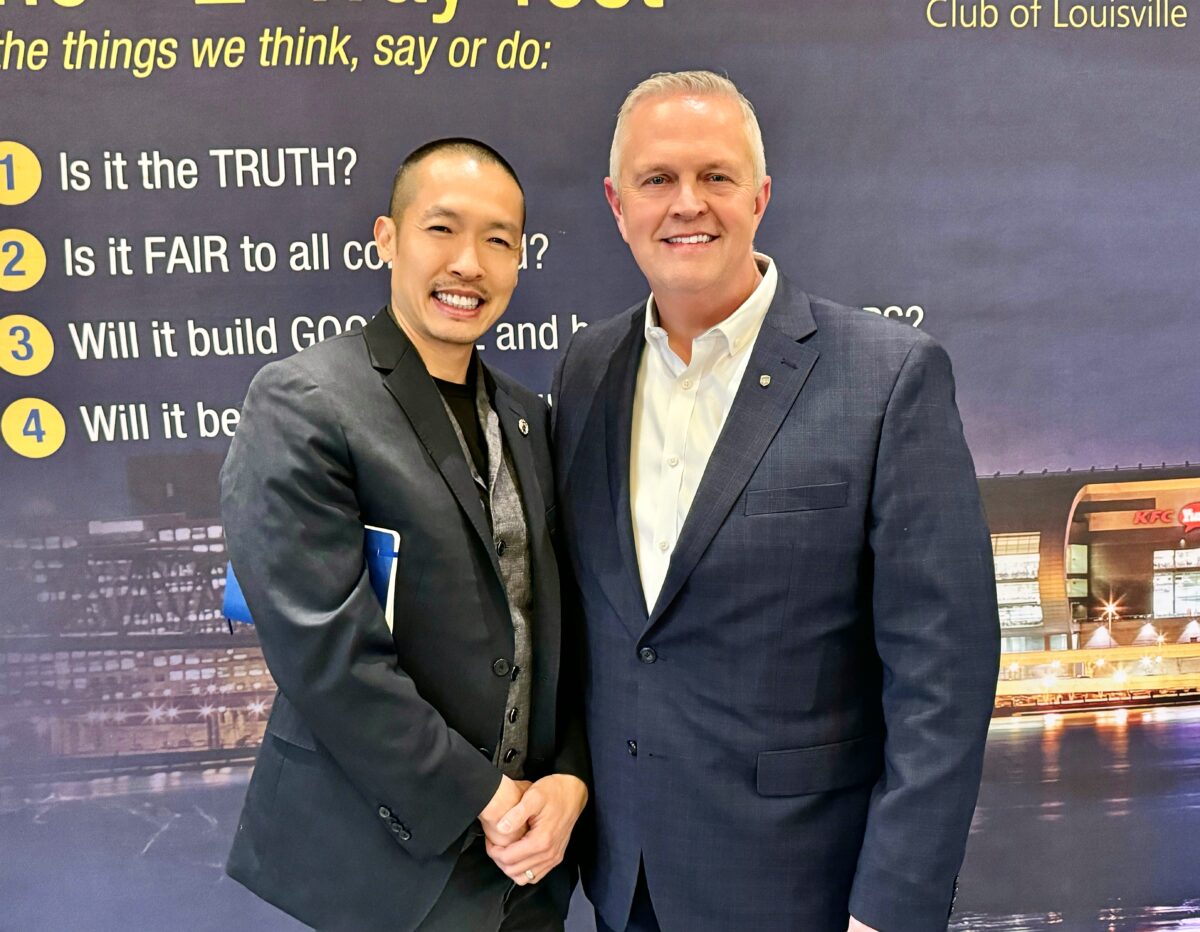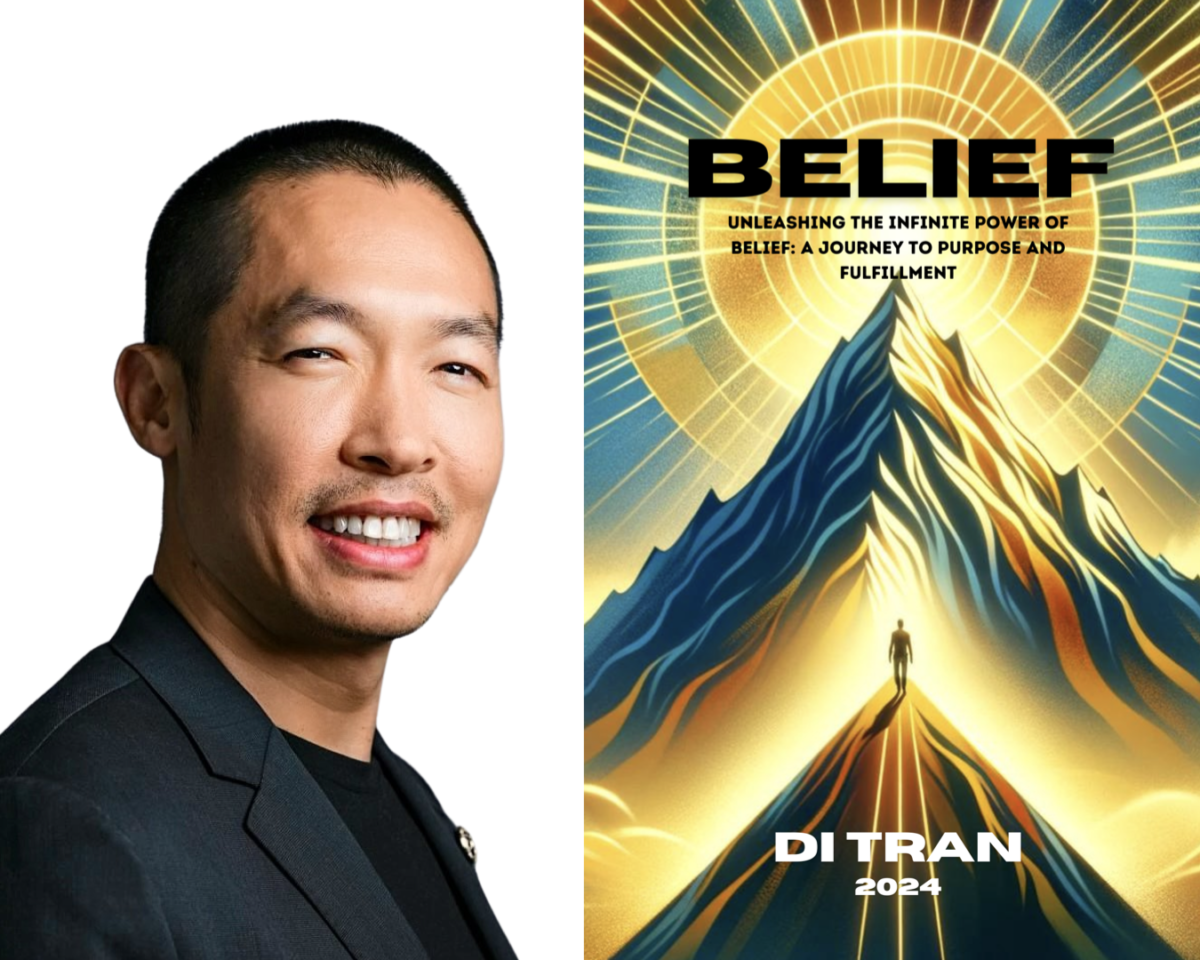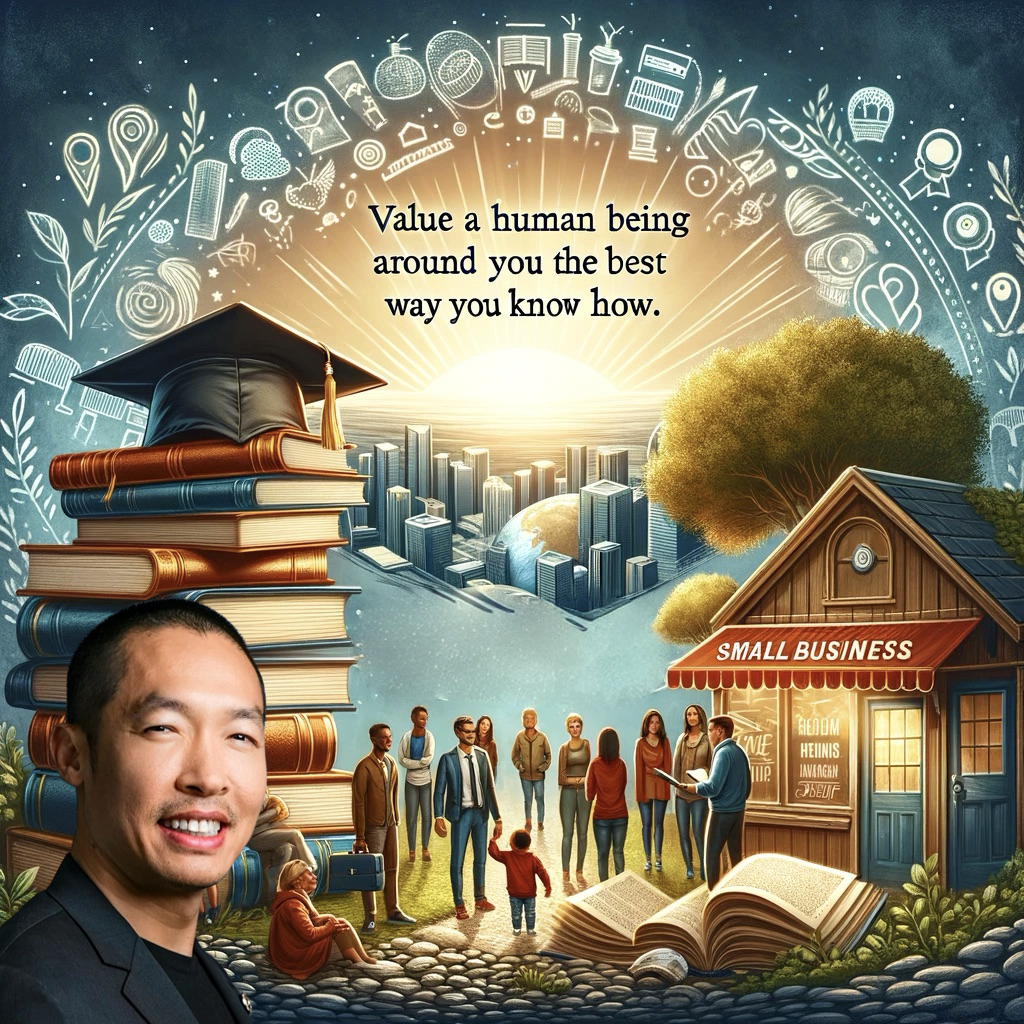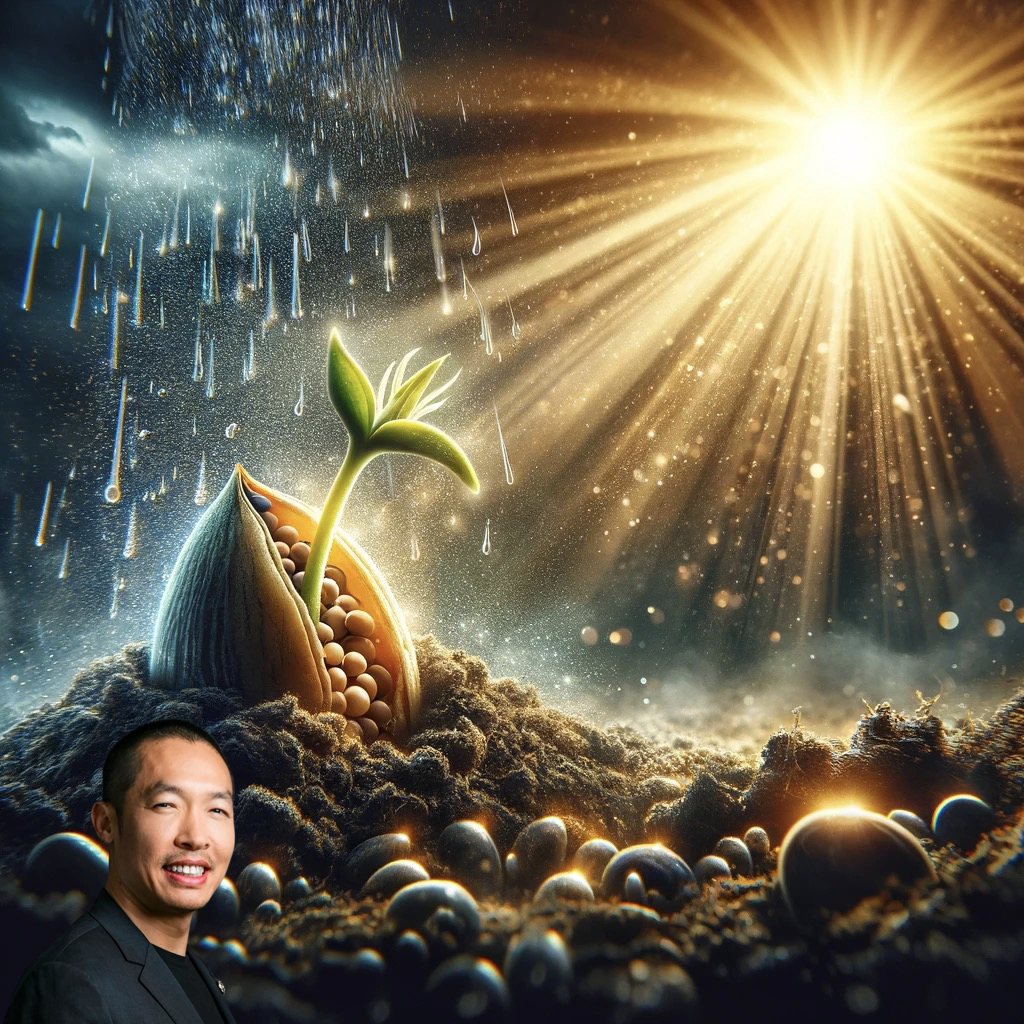At a recent Rotary Club of Louisville meeting, Di Tran, a prominent community leader and co-founder of several workforce development organizations, had the privilege of listening to an inspiring speech by Scotty Davenport, the esteemed head coach of the Bellarmine University men’s basketball team. The event was part of a mentorship initiative involving Rotary Scholars from Iroquois and Western High Schools, programs in which Di Tran is actively involved.
Coach Davenport’s speech centered on the profound simplicity of “CARE,” a principle he champions both on and off the basketball court. According to Davenport, care is the “number one talent” because it opens the door to limitless possibilities. This philosophy is a cornerstone of his recruitment strategy, where he seeks players who demonstrate a genuine commitment not just to the game, but to their teammates and the community.
Scotty Davenport’s career is a testament to the success of his caring approach. Under his leadership, Bellarmine’s basketball program has achieved national acclaim, culminating in an NCAA Division II National Championship. His emphasis on caring is reflected in his coaching style, where actions speak louder than words. By actively participating and setting an example, Davenport encourages his team to follow suit, fostering a culture of proactive involvement and mutual support.
Interestingly, Di Tran, who recently released a book on the power of care, found Coach Davenport’s message particularly resonant. Tran’s latest work explores similar themes, emphasizing care as a fundamental driver of positive change and personal growth. His dedication to mentoring youths through various educational and development initiatives echoes Davenport’s commitment to nurturing his players beyond the basketball court.
The synergy between Di Tran’s and Scotty Davenport’s philosophies highlights a universal truth: whether in sports, business, or community engagement, the simple act of caring can lead to extraordinary achievements. Both leaders exemplify how caring for others can elevate performance and foster an environment where everyone thrives.
As the Rotary Club meeting concluded, attendees, including aspiring students from Iroquois and Western High Schools, left feeling motivated by the powerful examples set by Davenport and Tran. Their stories are reminders that when we care deeply about our pursuits and the people around us, success is not just a possibility, but an inevitability.

